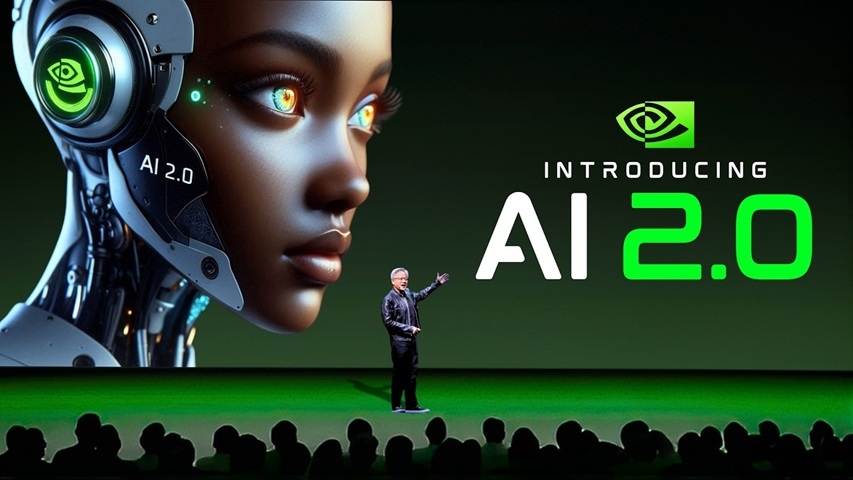Not just a market success, this rally also brought CEO Jensen Huang an additional $5.5 billion in a single day — making him the individual with the largest wealth increase globally that day. Since the beginning of 2025, his personal wealth has risen by more than $20 billion, reaching $135 billion.
According to analysts, Nvidia is at the heart of the global AI wave. Ananda Baruah, an analyst at Loop Capital, commented:
“We are entering the next Gold Wave in the mass adoption of generative AI, and Nvidia is leading this new growth cycle, with demand far exceeding expectations.”
The strong rise in Nvidia’s stock is a clear sign of capital flowing back into AI technology on Wall Street. Semiconductor and AI-related tech companies have all recorded substantial gains in recent years, fueled by great expectations for the explosion of artificial intelligence applications.

Nvidia Corporation, founded in 1993 in California (USA), started as a company specializing in designing graphics chips for personal computers and gamers, with its most famous product line being the GeForce GPUs. However, the company’s major turning point came when GPUs were applied to artificial intelligence, deep learning, and data centers — areas that require enormous parallel processing power which GPUs can handle efficiently.
Today, Nvidia is the global leader in GPUs and sits at the center of hardware supply chains for generative AI, robotics, and supercomputing.
Despite its strong growth, Nvidia cannot avoid geopolitical headwinds. In April, the company was banned from selling its H20 chips in China — a version that had already been modified to comply with previous US export regulations. Moreover, the administration under President Donald Trump is considering eliminating the export licensing mechanism, which would make the situation even more challenging. Nvidia estimates this could cost around $8 billion in revenue and force it to write off $4.5 billion in inventory due to policy impacts.
Nevertheless, in its Q1 financial report released last month, Nvidia’s revenue jumped 69% year-on-year, with data center revenue up 73% — mainly driven by strong demand from major tech companies deploying AI models.

According to financial data firm LSEG, Nvidia’s fiscal 2025 revenue is expected to grow by 53%, reaching nearly $200 billion — an impressive figure in the semiconductor industry.
At the shareholders’ meeting on June 26, CEO Jensen Huang also stated that beyond AI, robotics would be the next strategic direction, adding another long-term growth driver for the company.
Nvidia’s boom is not merely a short-term stock market phenomenon but reflects a broader reality: AI is gradually becoming the core infrastructure of the digital economy. Nvidia’s role today is similar to Intel’s during the internet boom — providing processors for digital “brains.”
However, to sustain long-term growth, Nvidia must navigate geopolitical risks well and diversify its markets to avoid over-reliance on major countries like China. Additionally, expanding its products into areas such as autonomous robots, self-driving vehicles, and edge AI devices will be crucial to determining whether it can maintain its No. 1 position as the market enters a more saturated phase with fierce competition from AMD, Intel, and Chinese rivals.
In the context of digital transformation and the adoption of advanced technologies in manufacturing, 3D scanners have become a key tool that helps businesses save time and costs while enhancing accuracy in design and quality inspection. Below is a list of some of the most notable affordable genuine 3D scanner models currently available, well-suited for small and medium-sized enterprises in Vietnam.
View moreAt present, the healthcare sector is undergoing a significant transformation thanks to 3D printing and 3D scanning technologies, especially in the treatment of conditions such as scoliosis. The advent of advanced technologies like the MQ 3D scanner and the TPM3D printer has made treating scoliosis no longer limited to generic methods. Instead, we can now apply personalized approaches that deliver higher effectiveness and optimal comfort for patients.
View more